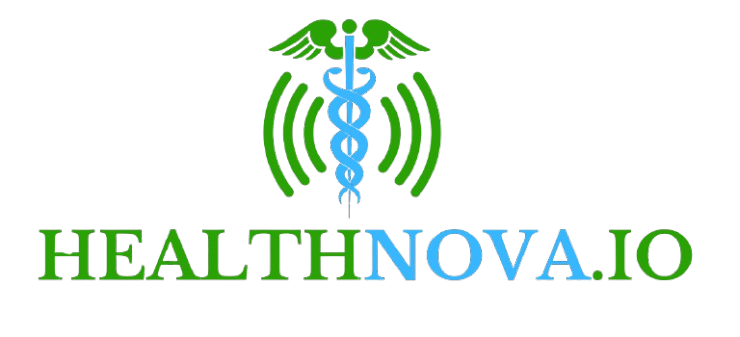outline
In May 2022, the World Health Organization (WHO) and partner organization agreed to roadmaps on national workforce to implement essential public health functions. This roadmap emphasizes three interconnected behavioral areas. Essential public health functions, sub -functions and service definitions for the region, state or sub -state situations; Strengthening competency -based education to provide essential public health functions; Map and measure a variety of jobs related to providing these features along with the expected demands. Detailed reference tools developed for each behavioral area form a unique methodology framework that can be adjusted to reflect various contexts, demands and priorities.
This handbook is dealt with to policymakers, planners and educators aimed at national support countries to evaluate the necessity and opportunity of progress in the current public health manpower situation and three behaviors. A list of questions for guiding the benchmarking process, which is related to review, evaluation, monitoring performance and situation, and how to integrate health personnel, health systems and health security policies and plans, are provided.
The handbook briefly explains the wider context and other processes related to global health security, health systems and health personnel, and suggests an overview of the PHEWF roadmap, value -added and three priority measures.
- Essential public health functions and services,
- Competency -based education and
- Mapping and measurement of occupation.
In addition, we will also introduce detailed technical reference documents developed for each behavioral area. This document is dealt with to policymakers, planners and educators to support the state to benchmark themselves and to assess the current public health manpower situation, the demands and opportunities of progress.
Integrated list of 12 EPHFs
- Public health monitoring and monitoring: Population health status, risks, protection and promotion factors, threats to health, health system performance and service use monitoring and monitoring.
- Public Health Emergency Management: Public health emergency management for international and national health security.
- Public Health Management: Establish effective public health institution structure, leadership, adjustment, responsibility, regulations and laws.
- Multilingual plans, funding and management for public health: It supports funding and management for effective and efficient health systems and public health.
- Health protection: Protect the population from health threats (eg, environmental and occupational risks, mental health status, food anxiety, chemical and radiation risks).
- Prevention of disease and early detection: Prevention and early detection of diseases that can be delivered, including mental health and injuries, and cannot communicate.
- Health Promotion: In addition to acting as a wider decision factor of health and welfare, health and inequality, health and welfare promotion.
- Participation in community and social participation: Participation in community for health and welfare, participation and social mobilization.
- Public health personnel development: Development and maintenance of appropriate and competent public health personnel.
- Health service quality and equity: Increased adequacy, quality and equity in medical services and access.
- Public health research, evaluation and knowledge: Public health research and knowledge development development.
- Access and use of health products, supplies, equipment and technology: It promotes fair access and reasonable use of safe and effective and quality health products, supplies, equipment and technology.
Download: National workforce capacity to collect essential public health functions








































